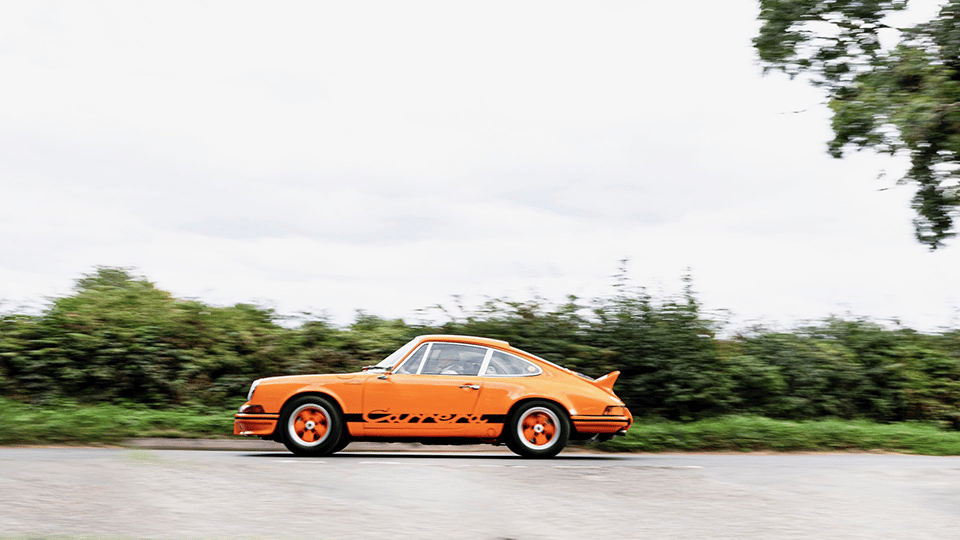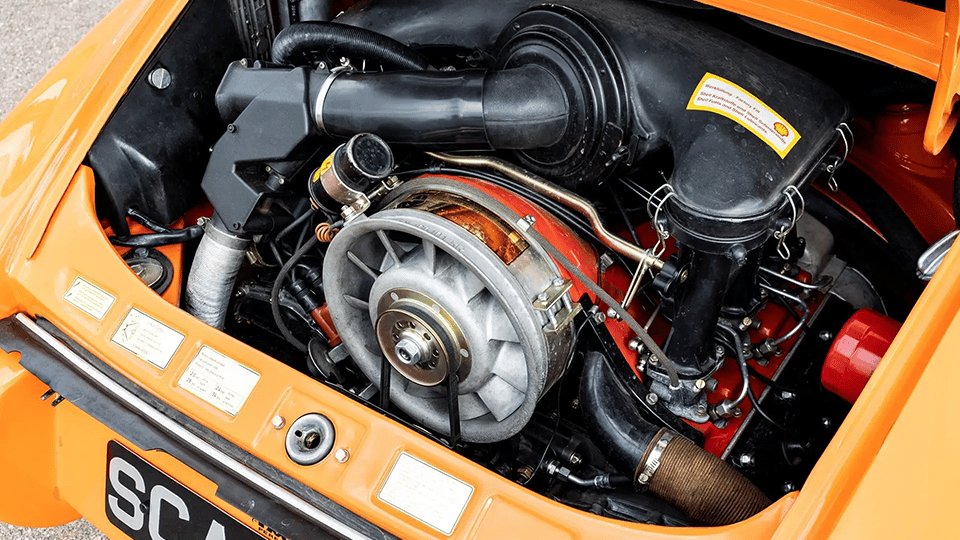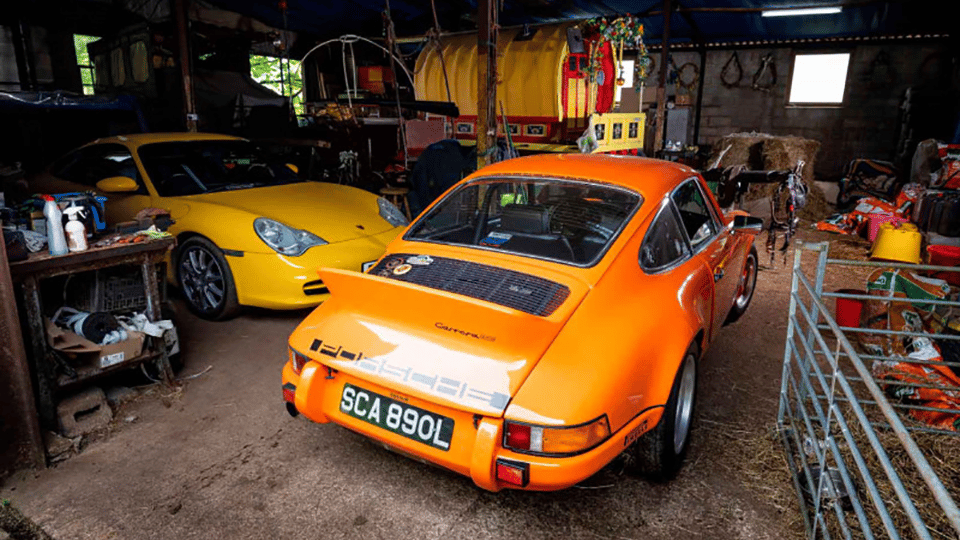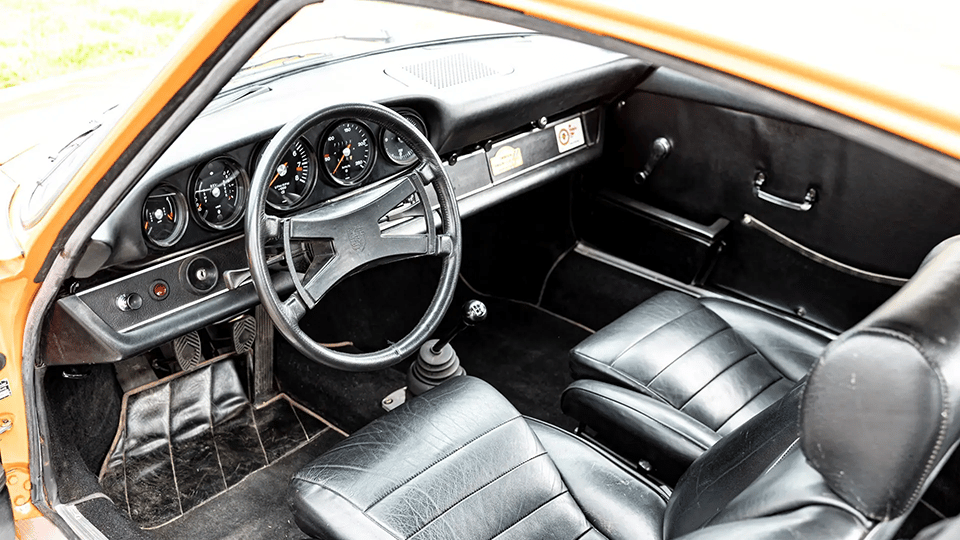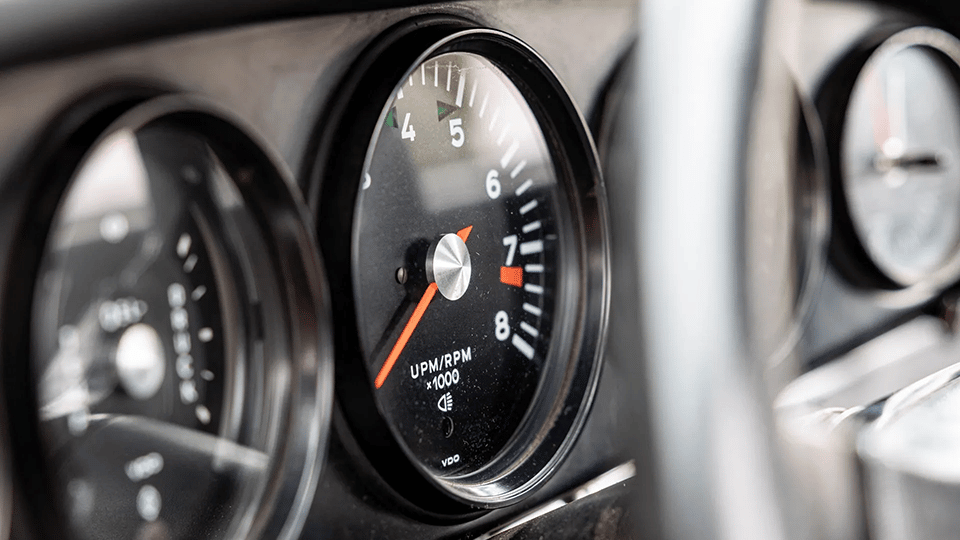As a long-time participant in many forms of motorsport, the Porsche emblem adorns several memorable “specials”. The road-going 959 was born out of the manufacturer’s desire to compete in Group B rally races, while the 911 GT1 “road version” was a road-going foil for the endurance racing legend 911 GT1 Evo. But before all that came the first and most coveted Porsche homologation special – the 911 Carrera RS 2.7 – which was originally produced to meet the required 500 cars required for Porsche to enter Group 3 racing. It was also the first specific homologation model that Porsche actively marketed.
Brand new for the 1973 model year, the RS 2.7 in Sport (lightweight) or Touring versions, it was based on the earlier 911 S from 1972. The main differences came from significant weight savings and the installation of a 2.7-inch drill bit with a larger bore. Litre version of the 2.4-litre 911-S engine in a later version. The revised engine had a rated output of 210 hp and had almost 20 percent more torque than its predecessor. Thinner steel sheets, a fiberglass engine cover and bumpers, and minimal comfort kept the RS Sport at just 960 kilograms.
The recognisably flared rear wheel arches and “ducktail” spoiler give the model distinctive features that distinguish it from its road-going forebears. Porsche only wanted to build 500 examples of the model, but the customer order book was complete before the end of 1972. A second series of 500 was issued, which was sold until the spring of 1973, so a third series was offered. In the end, a total of 1,580 vehicles of all variants were built, including 1,308 of the “M472” touring version.
This example, chassis “0388”, built at the beginning of January 1973, is one of these important vehicles of the first series. It was sold new in Paris as a simple touring model with no extras. Reportedly one of only four cars sold to France at Sepia Brown, accounts of its history suggest that it lived a very busy life as an everyday driver in its early years.
At the beginning of 1986, the car was acquired by Philippe Aunay, president of the Porsche Club France from 1980 to 2004. Monsieur Aunay was a high-profile figure on the French Porsche circuit, founding the Rouen Porsche Center and the IMSA racing team in the 1990s – while assembling an impressive collection of homologated 911s. He claimed that the Porsche had traveled 223,000 kilometers when he bought the car, as reported in a 1992 article. An enthusiast of early RS models, Mr. Aunay entrusted the car to legendary Porsche preparer Louis Meznarie and commissioned a complete overhaul. This included a major colour change to Gulf Orange – none of which had ever been sold to France in that colour before – as well as a general simplification back to the more basic sports specification, while retaining the dedicated Recaro sports seat option. The mechanical conversion included a factory-replaced gearbox and a complete engine conversion to a new – and not yet numbered – magnesium crankcase.
Mr. Aunay sadly passed away in 2004. At the time, his collection was in storage – a photo from 2015 shows this car on a parquet floor and next to a heater. The cars remained there until his wife’s death in 2016, when the collection was offered to Autofarm, the UK-based independent Porsche specialist. After discussions between Josh Sadler, co-founder of the workshop, and Mr. Aunay’s son Olivier, who tragically died in a motorcycle accident in 2018, an agreement was finally reached that this 2.7 RS Touring would return to the Bicester workshop in October 2016. so that a deal was negotiated. Mr. Sadler had founded Autofarm in 1973 as an enthusiast of the RS 2.7 and therefore could not resist buying this example – which had also been Mr. Aunay’s first 2.7 RS.
Upon arrival at Autofarm, the odometer showed 55,000 kilometers – although it is known that this obscures large portions of the car’s actual mileage due to its five-digit display. In 2021, 35 years after mechanic Menzarie rebuilt the engine and the odometer showed 71,000 kilometers, he had begun to leak oil. With the help of Autofarm, Sadler embarked on the next engine overhaul, which allowed him to add all the technical upgrades developed over the decades. The nominal degree of wear supported the assumption that the engine had only covered around 48,000 kilometres since 1986.
Chassis 0388 may not be a “garage queen”, but it is an RS that – with Sadler, who is now almost 80 years old – will have to find a new and hopefully active home. The Porsche comes with historic competition safety equipment as spare parts, along with its original steel touring bumpers and various other parts. Mr. Sadler even kindly offered his further support when needed.
More information about RM Sotheby’s | Classic Car Auctions | Auction House

